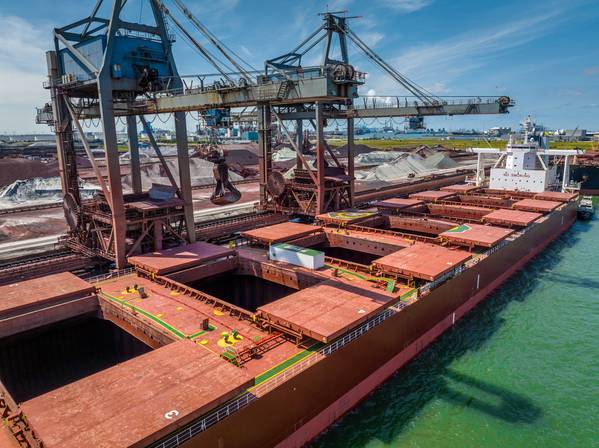
The Baltic Exchange's main sea freight index, which tracks rates for ships ferrying dry bulk commodities, hit more than a one-month high on Monday on the back of higher capesize rates.
The index, which factors in rates for capesize, panamax and supramax shipping vessels, was up 45 points at 1,093 points, its highest level since Dec. 11.
The capesize index rose 167 points to 1,615 points, a six-week peak. Average daily earnings for capesize vessels, which typically transport 150,000-ton cargoes such as iron ore and coal, increased by $1,381 to $13,391.
Iron ore futures rallied to their highest in more than a week on Monday, as revived hopes of more stimulus from top consumer China boosted sentiment.
The panamax index fell by 27 points to 926 points, declining for the fourth-straight session. Average daily earnings for panamax vessels, which usually carry 60,000-70,000 tons of coal or grain, decreased by $242 to $8,332.
The supramax index fell 10 points to 809 points, its lowest level since Aug. 15, 2023.
Elsewhere, Chinese and Indian refiners are seeking alternative supplies of crude as new U.S. sanctions on Russian producers and tankers are set to be the most effective yet in curbing shipments to Moscow's biggest customers, numerous traders said on Monday.



